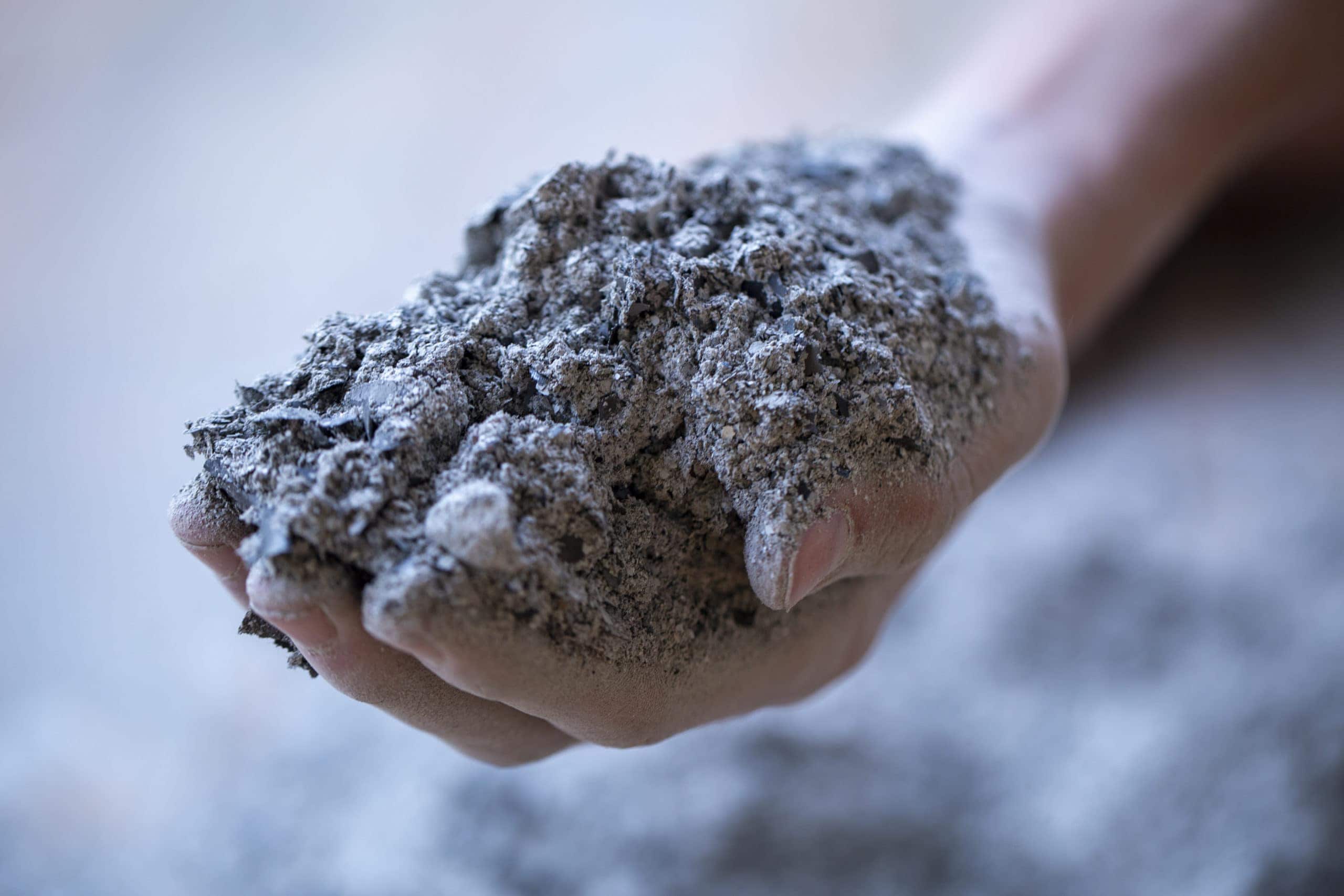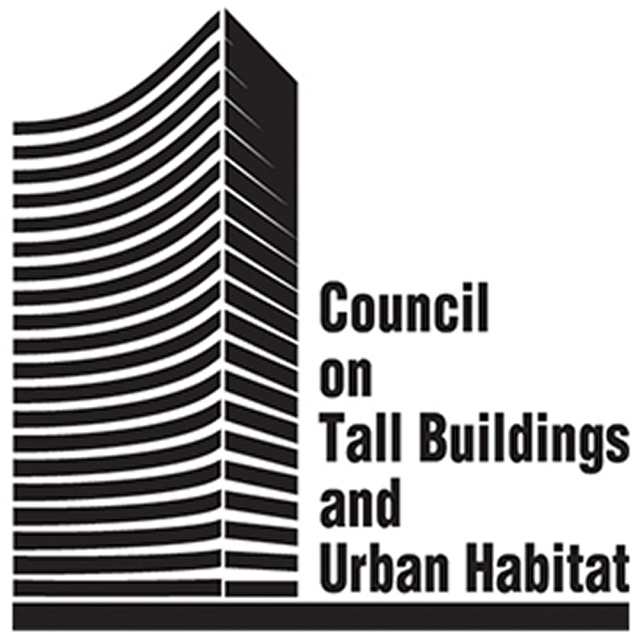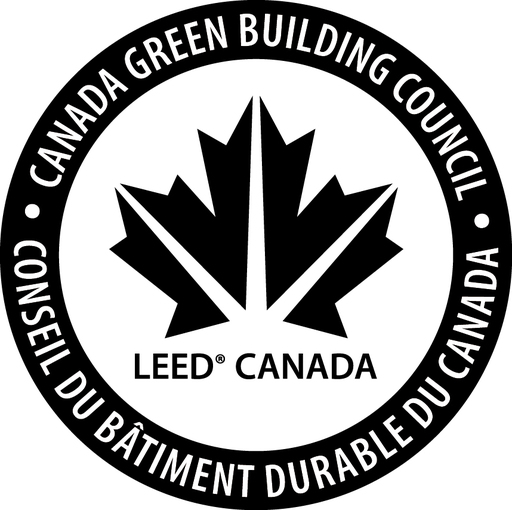
Fiberglass Rebar: A Sustainable Alternative To Reinforcing Steel


While steel rebar in concrete is susceptible to corrosion, which compromises structural integrity, fiberglass rebar offers a superior, corrosion-resistant, and lightweight alternative with higher tensile strength and a lower carbon footprint, leading to extended life and reduced long-term costs. This makes fiberglass rebar a revolutionary material for building durable and sustainable infrastructure.
Concrete forms the backbone of modern infrastructure, from homes and bridges to industrial complexes. However, for decades, its weak point has been the steel rebar within – susceptible to corrosion. Rusting steel expands, causing concrete to crack, fragment, and ultimately compromise structural integrity.
But what if there was a reinforcement material that defied corrosion, offered superior strength, and contributed to a more sustainable future?
Fiberglass Rebar (FRP Rebar) is a revolutionary composite material rapidly gaining traction as a superior alternative to traditional steel.

Understanding Fiberglass Rebar
Glass Fiber Reinforced Polymer (GFRP) rebar is a composite made from high-strength glass fibers embedded in a polymer resin. Unlike steel, GFRP rebar leverages the inherent strength of glass fibers, bound by a durable resin matrix. This creates a robust material with unique advantages that directly address steel's shortcomings.
Available in various product forms, including raw material, flexible sheets, or rigid rods, fiberglass can be precisely shaped using industrial methods like pultrusion or hot press manufacturing to suit diverse construction needs.
Its remarkable properties have led to widespread adoption across industries like aviation, automotive, and electronics, with its robust characteristics proving especially beneficial for the demands of the building and structural sector

The Limitations of Steel Rebar
Before exploring GFRP's benefits, it's important to recognize steel rebar's drawbacks:
- Corrosion: Steel's primary flaw. Exposure to moisture, chlorides (from de-icing salts or saltwater), or other corrosive agents causes rust. This rust expands, creating internal pressure that cracks and breaks concrete. This leads to costly repairs, reduced service life, and structural failure. The American Concrete Institute (ACI) identifies corrosion as a major factor in global concrete deterioration, contributing to billions in annual infrastructure damage, with a report from the Association for Materials Protection and Performance (AMPP) estimating the annual global cost of corrosion at $2.5 trillion.
- Weight: Steel's density increases transportation costs, handling effort, and potential for workplace injuries.
- Electromagnetic Interference: As a conductor, steel can interfere with sensitive electronic equipment, making it unsuitable for specific applications.
- Thermal Conductivity: Steel conducts heat, leading to thermal expansion and contraction within concrete, which can contribute to cracking over time.
The Unrivalled Advantages of Fiberglass Rebar
Fiberglass rebar directly addresses these challenges, offering a number of benefits:
1. Unmatched Corrosion Resistance
This is GFRP's most significant advantage. It's inherently non-corrosive, containing no iron. This immunity to rust means:
- Extended Service Life: GFRP-reinforced concrete structures can achieve service lives of 100 years or more, significantly outperforming steel in corrosive environments. This minimizes long-term maintenance and repair costs. Accelerated aging tests show 0% mass loss in various pH environments and over 10,000 hours in salt spray tests, while steel often fails in under 500 hours.
- Elimination of Spalling: No rust means no expansion, no internal pressure, and no concrete cracking or spalling, preserving structural integrity and aesthetics.
- Ideal for Harsh Environments: GFRP rebar excels in saltwater (marine structures, seawalls), de-icing salt exposure (bridges, parking garages), and aggressive chemical environments (wastewater treatment plants). The Port of Miami Terminal J project, using GFRP, is projected to last 75 years in a highly corrosive coastal setting.

2. Exceptional Strength and Durability
GFRP rebar boasts impressive mechanical properties despite its light weight:
- Superior Tensile Strength: GFRP typically exhibits significantly higher tensile strength than standard steel rebar, often three times stronger than Grade 40 steel. This enables concrete to withstand greater pulling forces.
- High Fatigue Resistance: GFRP withstands repeated stress cycles without degradation, crucial for structures under dynamic loads like heavy traffic or seismic activity.
- Consistent Performance: GFRP's strength remains stable across a wide range of temperatures, unlike steel.
3. Lightweight and Easy to Handle
GFRP rebar is approximately one-quarter the weight of steel for the same volume, offering substantial benefits:
- Reduced Transportation Costs: Lighter materials mean more rebar per load, decreasing fuel consumption and shipping expenses. A flatbed moving 20 tons of steel can carry nearly 7 times more GFRP by length, potentially trimming freight invoices by up to 30%.
- Faster and Safer Installation: Reduced weight makes GFRP rebar easier to lift, move, and place, leading to faster project timelines, lower labour costs, and reduced worker fatigue and injury risk.
- Simplified Logistics: Less heavy equipment is needed for handling.
4. Non-Conductive and Non-Magnetic
These properties enable new construction possibilities:
- Electromagnetic Transparency: GFRP does not interfere with electromagnetic fields, making it ideal for facilities requiring electromagnetic neutrality, such as hospitals (MRI rooms), research labs, and structures near power lines.
- Thermal Insulation: Low thermal conductivity helps reduce heat transfer within concrete, minimizing thermal stresses and potentially improving energy efficiency, particularly with insulated concrete forms (ICFs).
5. Enhanced Sustainability
GFRP rebar contributes to more sustainable construction:
- Reduced Carbon Footprint: GFRP manufacturing has a significantly lower carbon footprint than steel rebar. GFRP production emits up to 70% less CO₂ per delivered tensile unit than blast-furnace steel.
- Less Material Waste: GFRP's durability reduces repair and replacement needs over a structure's lifespan, minimizing waste.
- Long-Term Environmental Benefits: Extended service life and reduced maintenance minimize lifecycle environmental impact, aligning with broader sustainability goals.
Applications of Fiberglass Rebar
GFRP rebar excels where corrosion is a concern or specific non-conductive properties are required. It can be applied to:
- Bridges and Highways: Highly susceptible to steel corrosion from weather and de-icing salts. GFRP ensures long-lasting infrastructure, as seen in the Red River Floodway Bridge in Winnipeg, Manitoba, where GFRP rebar in the concrete deck remains excellent after 15+ years.
- Marine and Coastal Structures: Relentless corrosive attack from saltwater. GFRP eliminates chloride-induced corrosion risk.
- Parking Garages: Frequent exposure to de-icing salts makes them prone to corrosion. GFRP offers a durable, low-maintenance solution.
- Wastewater Treatment Plants: Chemical environments are highly corrosive to steel. GFRP provides necessary chemical resistance.
- Industrial Flooring, Foundations, Slabs, Swimming Pools, Electromagnetically Sensitive Facilities (e.g., MRI rooms).

Cost Considerations: Long-Term Value
While GFRP's initial upfront cost can be higher than steel ($1.50-$2.50 vs. $0.50-$1.50 per linear foot), a comprehensive "whole-of-life" cost analysis demonstrates significant long-term savings. These stem from:
- Reduced Maintenance and Repairs: Corrosion immunity drastically lowers costly repairs. Florida DOT analyses indicate GFRP rebar can save approximately $38 per linear foot over 20 years in corrosive marine environments.
- Extended Service Life: A longer-lasting structure delays or eliminates expensive reconstruction.
- Lower Labour and Transportation Costs: Lightweight GFRP reduces handling, installation, and shipping expenses (by approximately 30% to 50%).
The global FRP rebar market is projected to reach USD 1.19 billion by 2030, growing at an 11.5% CAGR, indicating robust acceptance and demand.
Installation and Key Considerations
GFRP installation mirrors steel, but with differences. It's tied with plastic zip ties or non-metallic fasteners. Cutting requires non-metallic tools (e.g., circular saws with diamond-tipped blades) with proper PPE. GFRP cannot be field bent; all bends are factory-fabricated.
Limitations, understood by engineers, include:
- Lower Elastic Modulus: GFRP is less stiff than steel, potentially leading to larger deflections and wider crack widths if not properly designed.
- Brittle Failure Mode: Unlike ductile steel, GFRP fails suddenly. Design ensures concrete compression failure or limits GFRP stress under service loads.
- Fire Resistance: Polymer resin loses strength at high temperatures. Additional concrete cover or fire protection may be needed for specific fire ratings.
Knightsbridge Development Corporation: Leading the Future
For KDC, incorporating fiberglass rebar into projects means offering superior, durable, and sustainable solutions. By leveraging GFRP, we can:
- Build more resilient infrastructure: Structures that stand the test of time, even in Ontario's diverse and challenging climates.
- Deliver long-term value to clients: Reducing future maintenance costs and ensuring structural integrity.
- Embrace sustainable practices: Contributing to a greener construction industry, aligning with growing demands for eco-friendly building.
- Expand into specialized markets: Tapping into projects requiring non-corrosive or non-conductive reinforcement, opening new avenues for growth and expertise in Brampton, across Ontario, and nationally.
Fiberglass rebar represents a paradigm shift in concrete reinforcement. Its unparalleled corrosion resistance, high strength, lightweight nature, and non-conductive properties make it a compelling alternative to traditional steel.
It isn't just about keeping up with trends; it's about leading the way in building stronger, more sustainable, and ultimately, more valuable infrastructure for the future. The era of rust-free concrete is here, and fiberglass rebar is leading the charge in modern construction.
Embracing fiberglass rebar means investing in the longevity, resilience, and cost-effectiveness of construction projects across Canada and beyond.

















